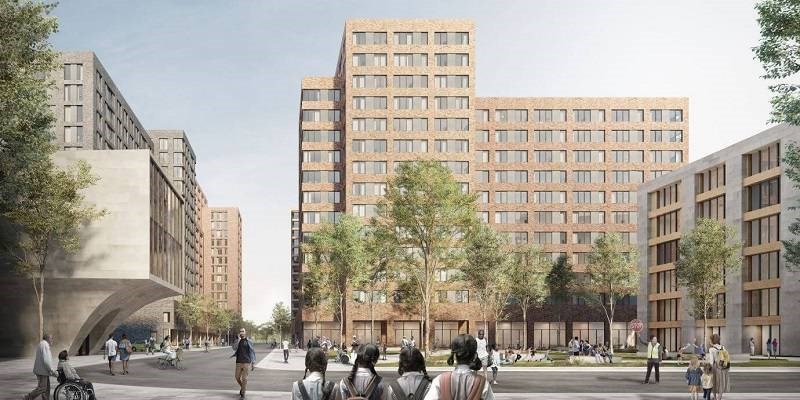The Christian Cultural Center (CCC), located at 12020 Flatlands Ave. in East New York, has started the process of developing the 2.4 million square foot property where the church is situated into what the church's pastor, Rev. A.R. Bernard, calls an "urban village."
Bernard purchased the land for $6 million dollars a little over 20 years ago from the former owners of Starrett City. But the megachurch, which boasts the largest evangelical congregation in the city, takes up only a fraction of the 10.5 acres. The rest is mostly used for parking by parishioners attending services there.
"We want to create an environment where people will want to be a part of that environment and not find a place to leave and relocate to in order to have a better quality of life," said Reverend A.R. Bernard, Pastor of the Christian Cultural Center. "Why can't we create that better quality of life right here?"
The development design is being created by Practice Architecture and Urbanism (PAU), the company that designed the redevelopment of the Domino Sugar plant in Williamsburg. The development will include 13 buildings, nine of which will be reserved for residential use-- 2,100 apartments in buildings rising as high as 17 stories.
The others buildings will be used for a trade school, elementary school, grocery store retail space, 24-hour childcare services, a performing arts theater, a school, and a park, along with parking and outdoor space.
The project needs to go through the city's uniformed land use review process, so CCC is opening its doors on Tuesday March 3, at 3:30pm to hear from local residents through a public review process.
The environmental and public review processes are expected to take up to two years, but CCC hopes to break ground by the end of 2020.




